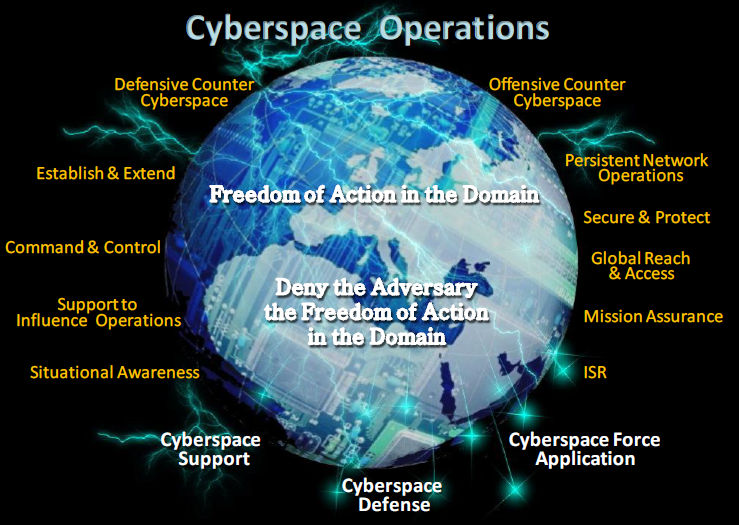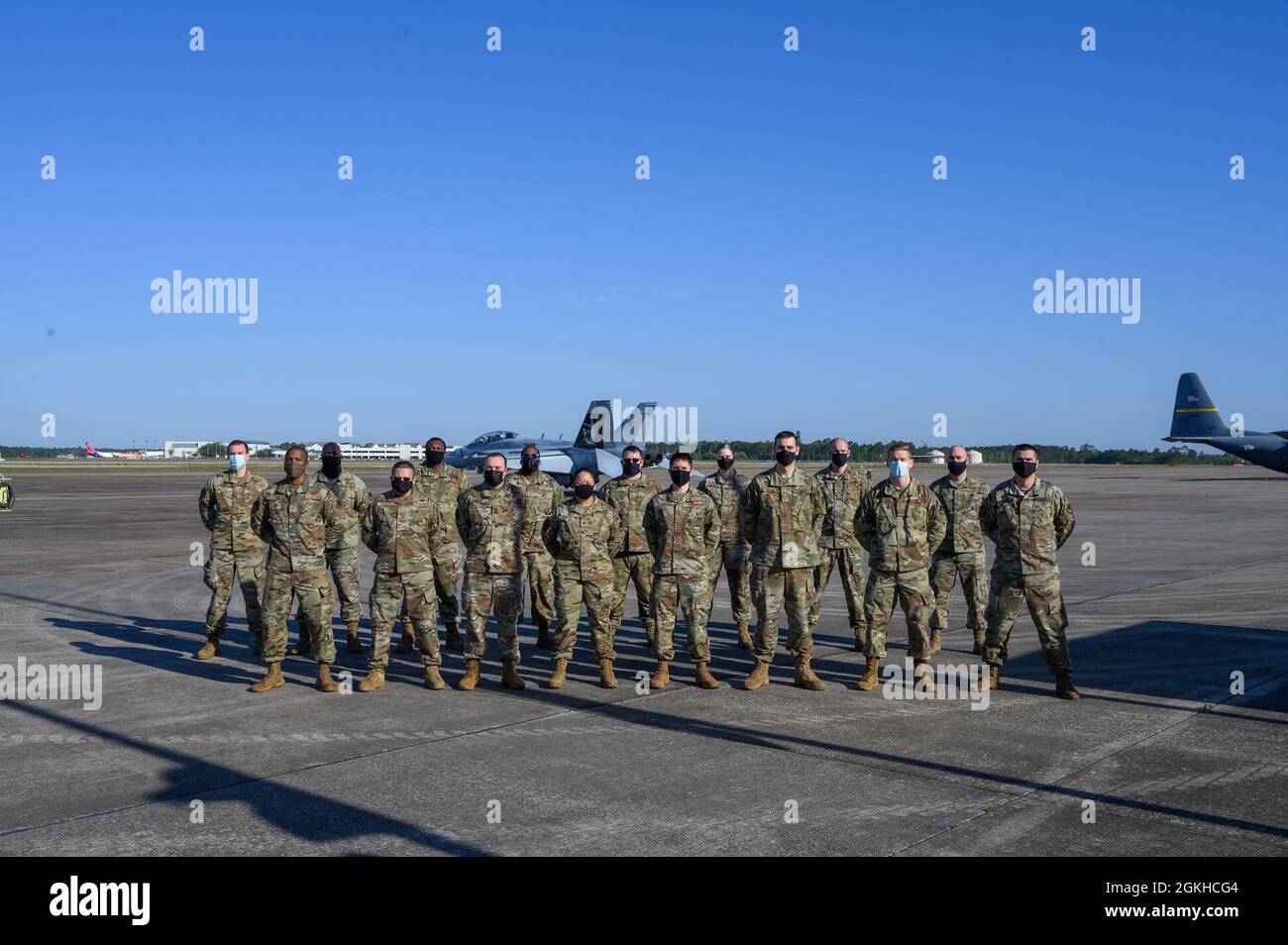Air Force Cyber Warfare Operations

Introduction to Air Force Cyber Warfare Operations

The Air Force plays a critical role in defending the nation’s cyberspace, and its cyber warfare operations are an essential part of this effort. Cyber warfare involves the use of computer systems and networks to disrupt, disable, or destroy an adversary’s ability to use their own computer systems and networks. The Air Force’s cyber warfare operations are designed to protect its own systems and networks, as well as those of its allies, from cyber threats.
History of Air Force Cyber Warfare Operations

The Air Force’s involvement in cyber warfare dates back to the 1980s, when it first began to explore the use of computer systems and networks for military operations. Over the years, the Air Force has developed a range of cyber capabilities, including network operations, information operations, and electronic warfare. In 2013, the Air Force established its 24th Air Force, which is responsible for the service’s cyber operations.
Key Components of Air Force Cyber Warfare Operations

The Air Force’s cyber warfare operations involve a range of key components, including: * Network Operations: The Air Force operates a range of networks, including the Non-Classified Internet Protocol Router Network (NIPRNet) and the Secret Internet Protocol Router Network (SIPRNet). These networks are used to support a range of military operations, including command and control, intelligence, and logistics. * Information Operations: The Air Force uses information operations to disrupt, corrupt, or destroy an adversary’s ability to use their own information systems. This can include cyber attacks, electronic warfare, and psychological operations. * Electronic Warfare: The Air Force uses electronic warfare to disrupt or destroy an adversary’s ability to use their own electronic systems, including radar, communications, and navigation systems. * Cyber Intelligence: The Air Force collects and analyzes cyber intelligence to understand the cyber capabilities and intentions of its adversaries.
Air Force Cyber Warfare Operations Career Fields

The Air Force offers a range of career fields related to cyber warfare operations, including: * 1B4X1: Cyber Warfare Operations: This career field involves the operation of cyber systems and networks to support military operations. * 1N2X1: Intelligence: This career field involves the collection, analysis, and dissemination of intelligence to support military operations. * 1N3X1: Cryptologic Language Analyst: This career field involves the analysis of foreign languages to support military operations. * 3D0X2: Computer Systems Programming: This career field involves the development and maintenance of computer systems and software to support military operations.
Air Force Cyber Warfare Operations Training

The Air Force offers a range of training programs for its cyber warfare operations personnel, including: * Basic Military Training (BMT): This training program is required for all new Air Force recruits and provides an introduction to military life and basic skills. * Technical Training: This training program provides specialized training in a specific career field, such as cyber warfare operations or intelligence. * Advanced Training: This training program provides advanced training in a specific career field, such as cyber warfare operations or electronic warfare. * Certification Programs: The Air Force offers a range of certification programs, such as the CompTIA Security+ and Cisco CCNA, to demonstrate proficiency in specific skills.
Challenges Facing Air Force Cyber Warfare Operations

The Air Force’s cyber warfare operations face a range of challenges, including: * Cyber Threats: The Air Force must defend its systems and networks against a range of cyber threats, including malware, phishing, and denial of service (DoS) attacks. * Recruitment and Retention: The Air Force must compete with the private sector to recruit and retain top cyber talent. * Budget Constraints: The Air Force’s cyber warfare operations are subject to budget constraints, which can limit the service’s ability to invest in new technologies and training programs. * Interoperability: The Air Force must ensure that its cyber systems and networks are interoperable with those of its allies and other military services.
💡 Note: The Air Force's cyber warfare operations are constantly evolving to address new and emerging threats. As such, the service must remain agile and adaptable to stay ahead of its adversaries.
Future of Air Force Cyber Warfare Operations

The future of the Air Force’s cyber warfare operations will be shaped by a range of factors, including advances in technology, changes in the threat environment, and shifts in the service’s priorities. Some potential trends and developments that may shape the future of Air Force cyber warfare operations include: * Artificial Intelligence (AI): The Air Force may increasingly use AI to support its cyber warfare operations, such as predictive analytics and machine learning. * Cloud Computing: The Air Force may adopt cloud computing to improve the scalability and flexibility of its cyber systems and networks. * Internet of Things (IoT): The Air Force may need to defend against cyber threats to IoT devices, such as smart homes and industrial control systems. * Quantum Computing: The Air Force may need to develop new technologies and strategies to defend against the potential risks and threats posed by quantum computing.
| Category | Description |
|---|---|
| Network Operations | The operation of networks to support military operations |
| Information Operations | The use of information to disrupt, corrupt, or destroy an adversary's ability to use their own information systems |
| Electronic Warfare | The use of electronic systems to disrupt or destroy an adversary's ability to use their own electronic systems |
| Cyber Intelligence | The collection and analysis of cyber intelligence to understand the cyber capabilities and intentions of adversaries |

In summary, the Air Force’s cyber warfare operations play a critical role in defending the nation’s cyberspace and supporting military operations. The service’s cyber warfare operations involve a range of key components, including network operations, information operations, electronic warfare, and cyber intelligence. The Air Force offers a range of career fields and training programs related to cyber warfare operations, and the service must address a range of challenges, including cyber threats, recruitment and retention, budget constraints, and interoperability. As the threat environment continues to evolve, the Air Force’s cyber warfare operations will need to adapt and innovate to stay ahead of its adversaries.
What is the role of the 24th Air Force in cyber warfare operations?

+
The 24th Air Force is responsible for the Air Force’s cyber operations, including network operations, information operations, electronic warfare, and cyber intelligence.
What are some of the challenges facing Air Force cyber warfare operations?

+
The Air Force’s cyber warfare operations face a range of challenges, including cyber threats, recruitment and retention, budget constraints, and interoperability.
How is the Air Force using artificial intelligence (AI) in its cyber warfare operations?

+
The Air Force is exploring the use of AI to support its cyber warfare operations, including predictive analytics and machine learning.



